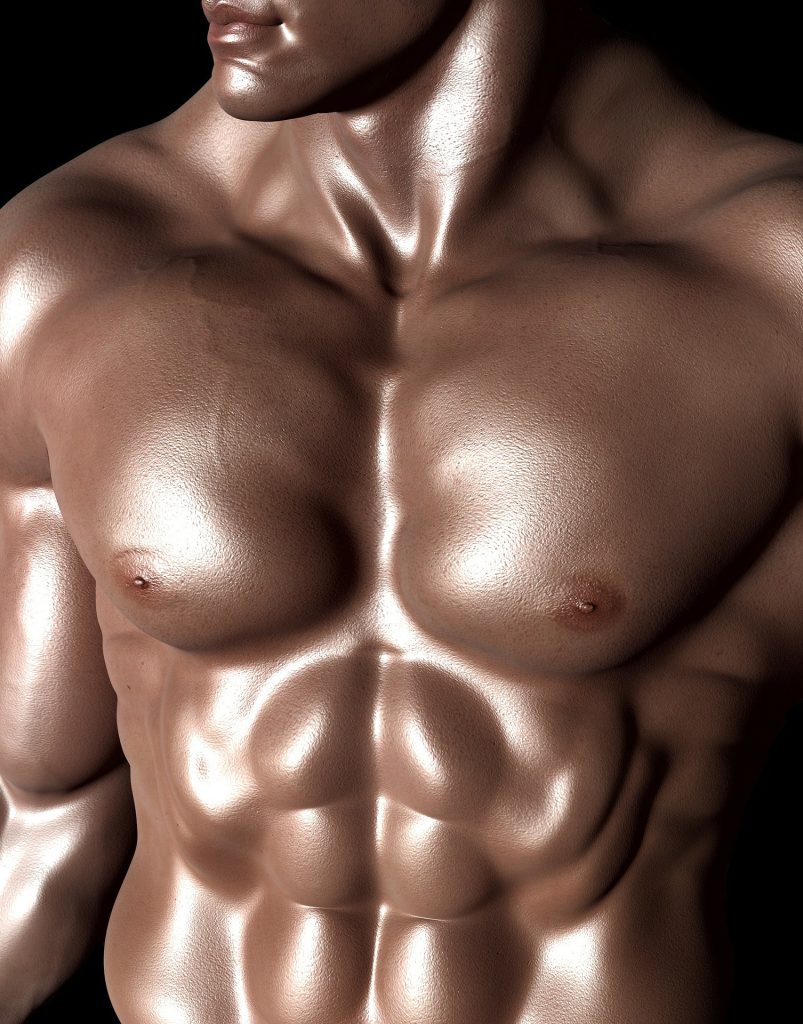Why the Musculoskeletal System Needs Hormones

Without a healthy musculoskeletal system it’s hard to enjoy life – even if your heart and brain are in great condition. I’ve spent a better part of my career in office orthopedics and sports medicine – where the focus is on keeping people physically active, and I’m partial to the importance of good musculoskeletal health and quality of life. Life isn’t very enjoyable if you are unable to physically do what you want and need to do even if you have all your wits about you.
Muscles and bones are at the heart of the musculoskeletal system. And, muscles and bones need hormones to function at optimal levels. And, they need to be stressed through regular exercise. This true for both men and women.
Testosterone and Muscles and Bones
There is a direct correlation between testosterone levels and muscle mass (lean body). So it’s not surprising that we lose muscle and become more frail as our testosterone levels decline with age, and that’s true for women, too. One fairly easy way to tell if a woman is relatively low in testosterone is to look at her thighs and triceps (back of upper arms). Does she have the flabby arm and thigh syndrome?
Testosterone is needed to build muscle in response to strength training. If testosterone levels are low then one will see a limited response to strength training. That’s why prepubescents don’t bulk up with strength training – though they do get stronger mainly from neuromuscular mechanisms.
But, testosterone is also important to bone health. We hear about people falling and breaking their hips. In reality, some of the time it’s the opposite. The hip breaks because it is too brittle, and that in turn leads to the fall. Not a good sign. If your own skeletal system is unable to support you then you have a serious problem. That’s akin to supports and beams not being able to support a building – you are asking for trouble.
But, testosterone isn’t the only hormone for bone health. So is progesterone, estrogen, DHEA, and growth hormone. In fact, probably the best overall single intervention for osteoporosis, but rarely used because of misconeptions about it’s safety profile and confusion regarding indications for prescribing, is growth hormone. That’s a long story that I will not go into here.
Bone Resorption and Formation
The bone you have today is not the same bone you had 10 years ago. It’s been slowly replaced. We have what are called bone mineral units or (BMU). At any given time, a certain number of these bone mineral units are undergoing change. Some of the bone is being resorbed while new bone is being layed down. In other words, some bone is being replaced at all times. This process ensures that bone does not weaken by given us “fresh” healthy bone.
Overtime, the supports of a building deteriorate. Through this bone resorption – bone formation process the body has a built-in repair mechanism that tries to prevent bone deterioration.
However, that process is significantly tied to hormone balance. The bone resportion – bone formation process is normally “coupled” – equal action on either side. But, when hormones decline the process becomes uncoupled. With hormonal decline the bone resorption process exceeds the bone formation process and the bone loses density with aging.
Estrogen and Progesterone
Estrogen and progesterone decline in women. Progesterone usually declines first and the greatest. Its decline begins around age 35. Progesterone is slightly anabolic which means it helps the bone formation process. At age 35 that we begin to see bone density decline – now you know part of the reason. Estrogen limits bone resorption. So when estrogen declines in a woman’s 40s and early 50s the bone resportion process has no brake so to speak, and bone resportion process increases without adequate bone formation to offset it. The net effect is bone density loss.
DHEA is a precursor hormone, 0r prohomone that gets converted into testosterone, progesterone, and estradiol. So it helps both sides of the coupling mechanism.
Pain and Hormones
The synovia – the lining of our joints – contains receptors for hormones. Many patients who go on hormone replacement report fewer joint and muscle aches. They are able to also stay more physically active longer which also helps to protect joints and keep them youthful.
Musculoskeletal health is an overlooked reason for hormone replacement therapy. But, one that has the potential to really improve one’s quality of life.
